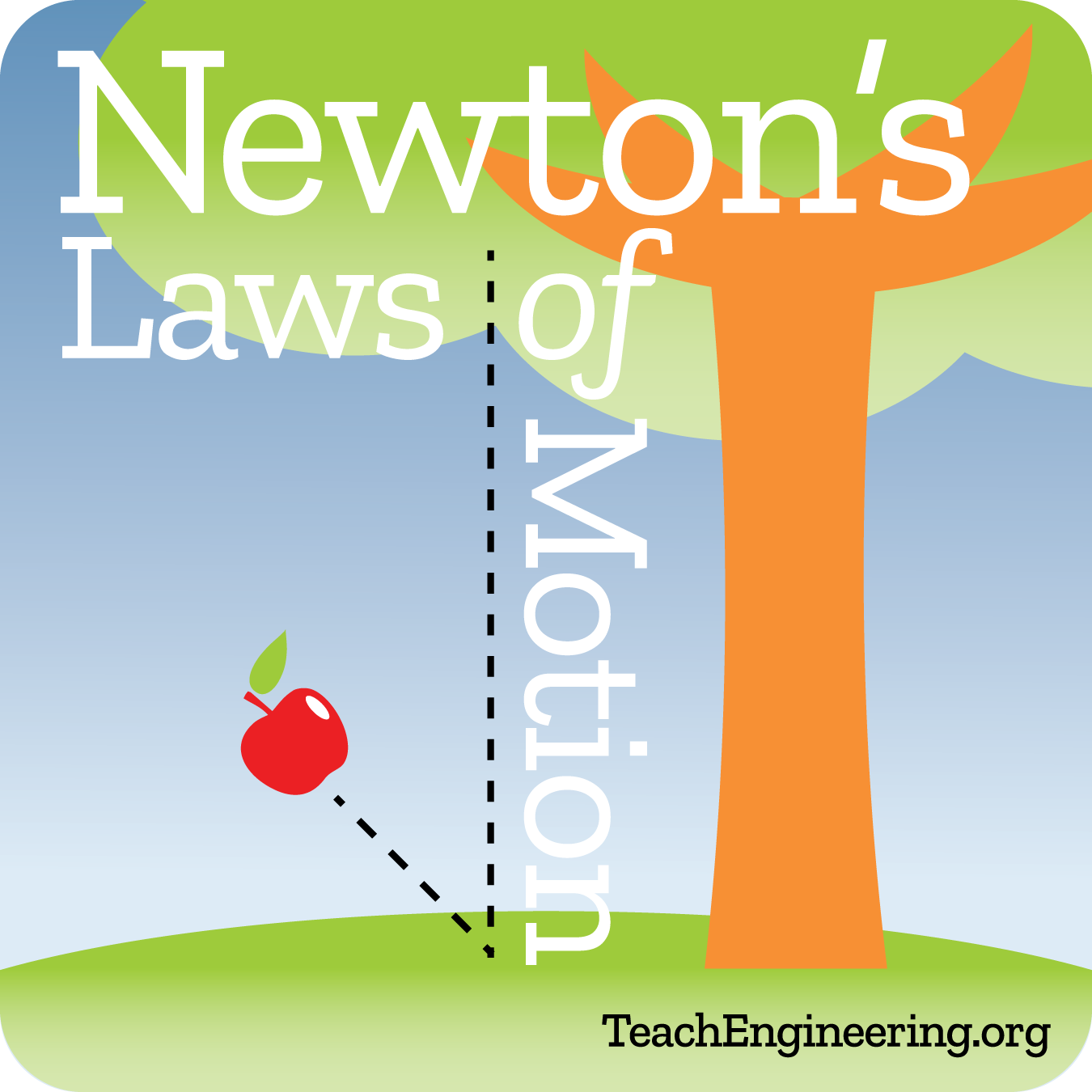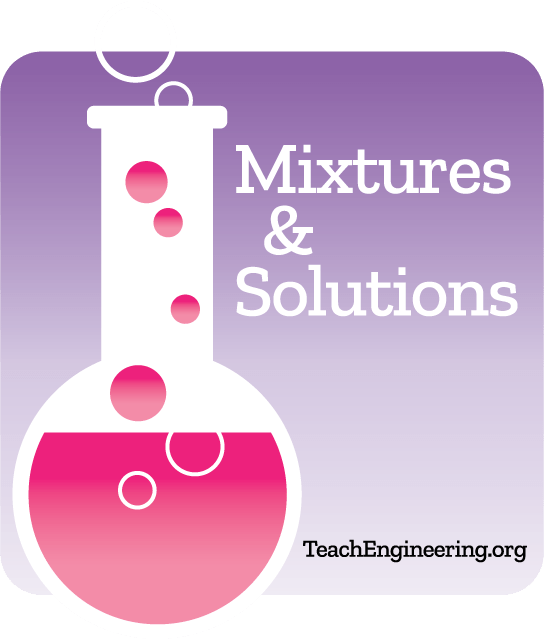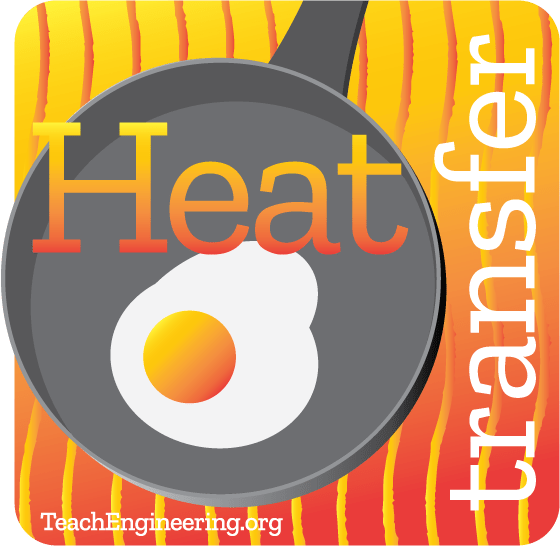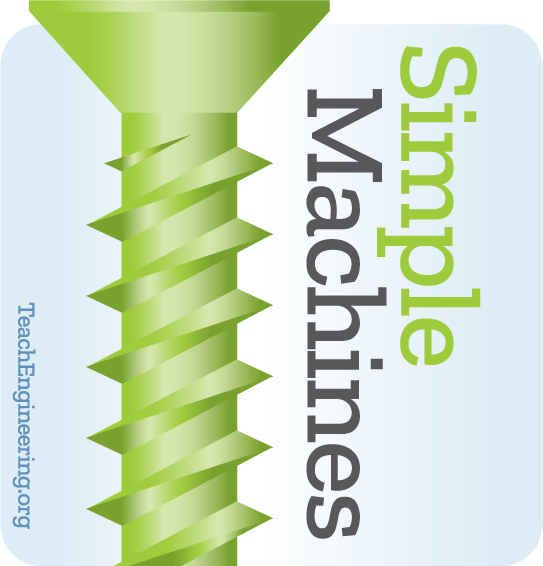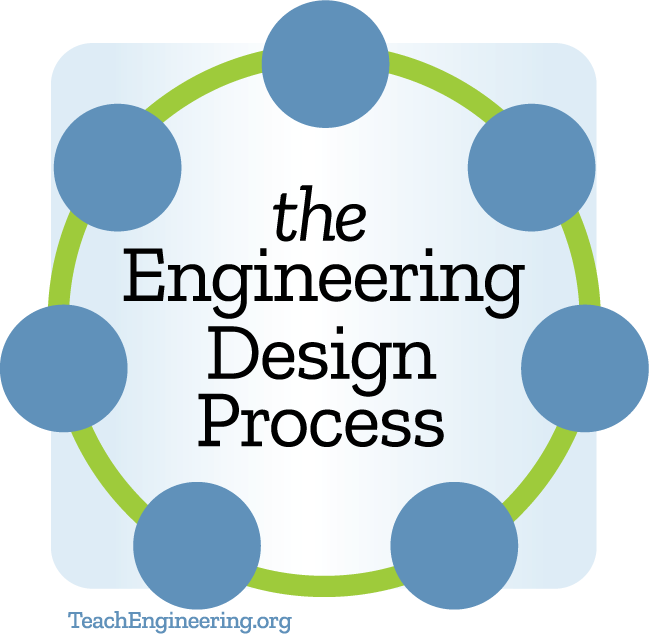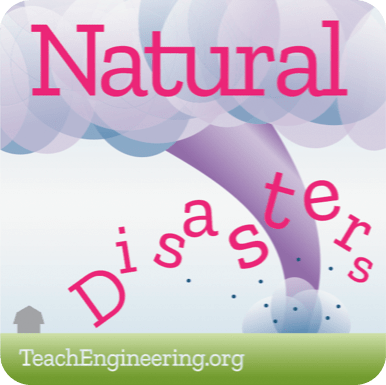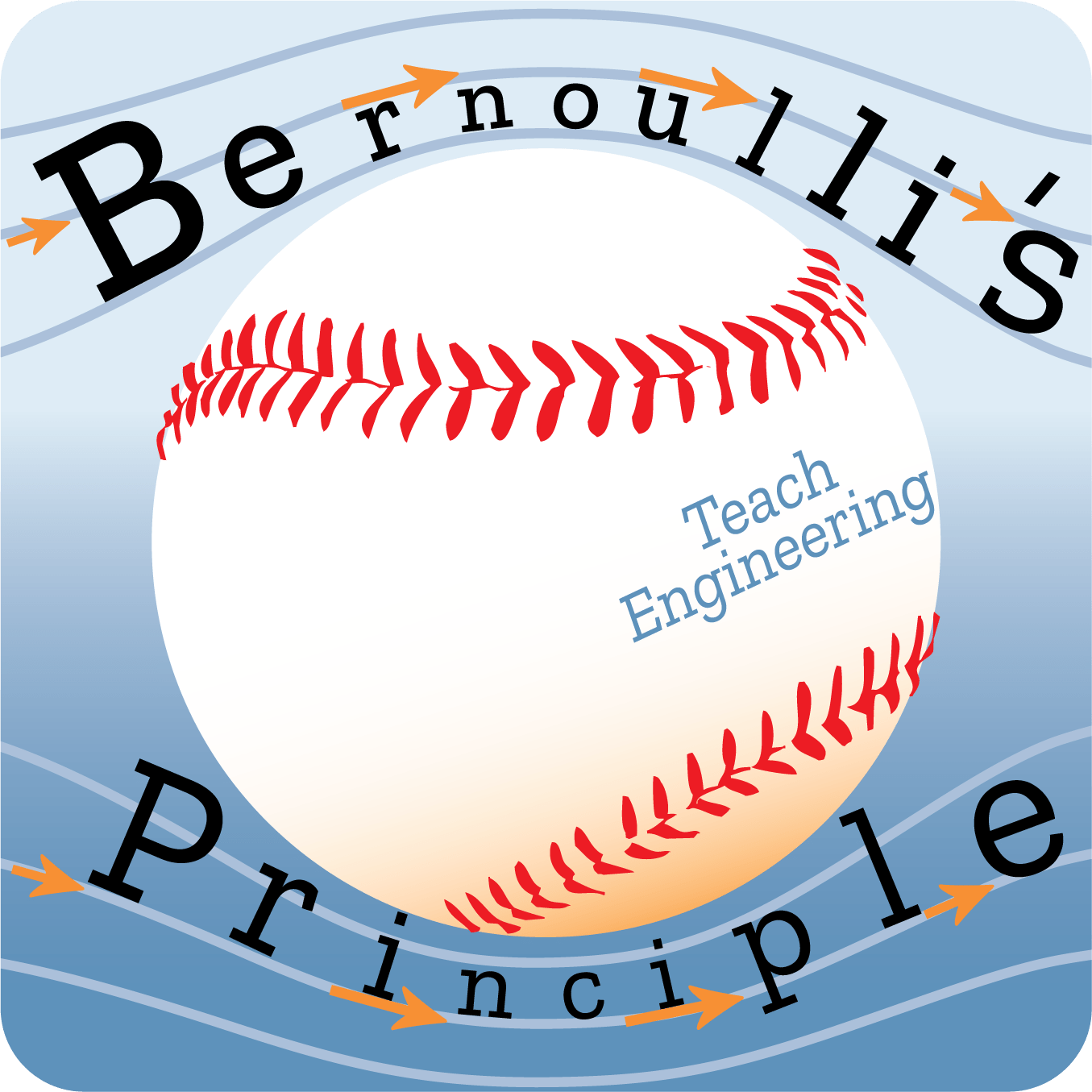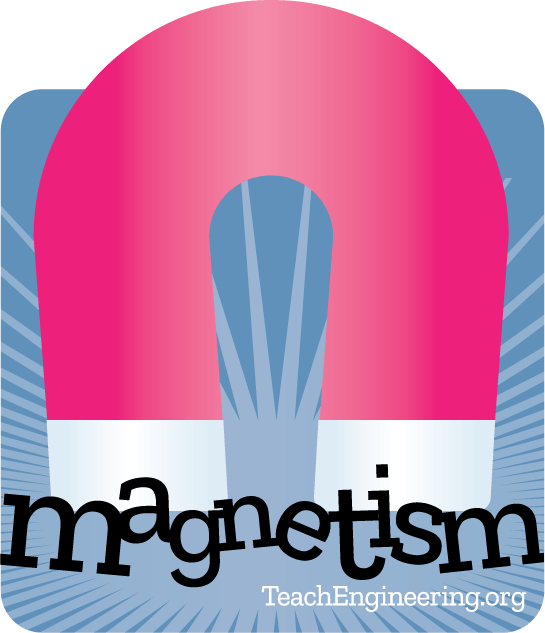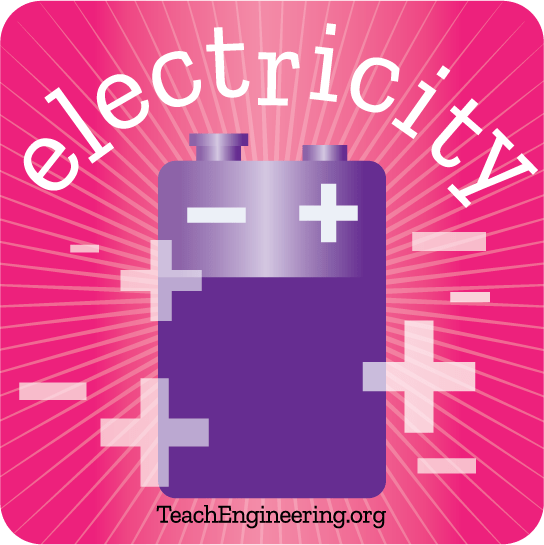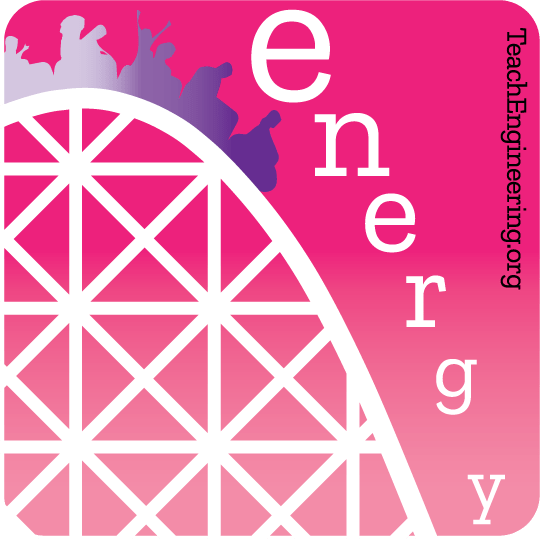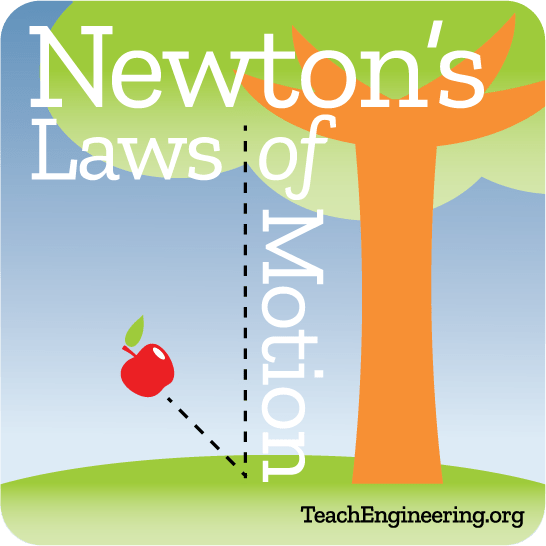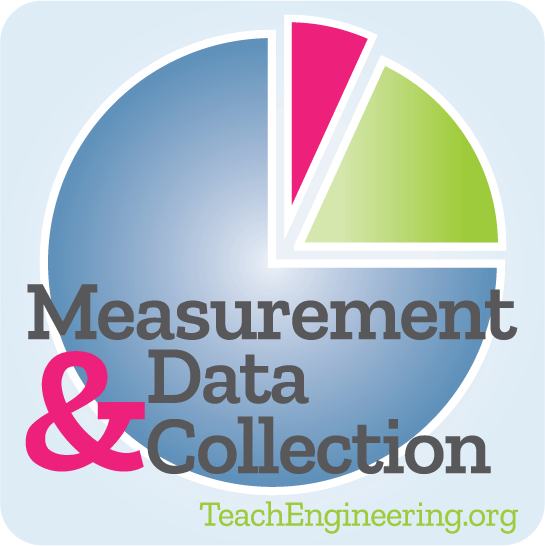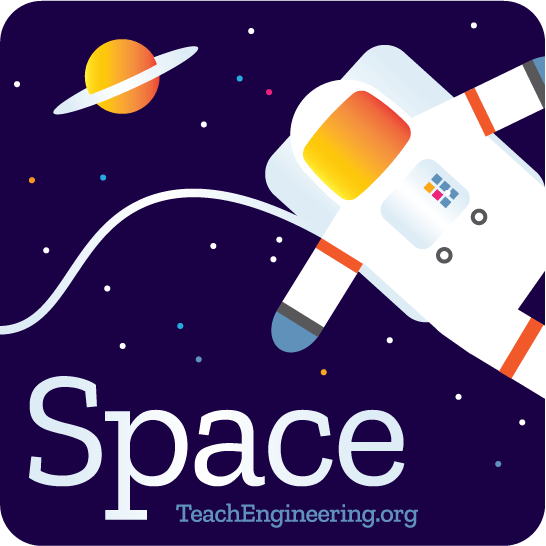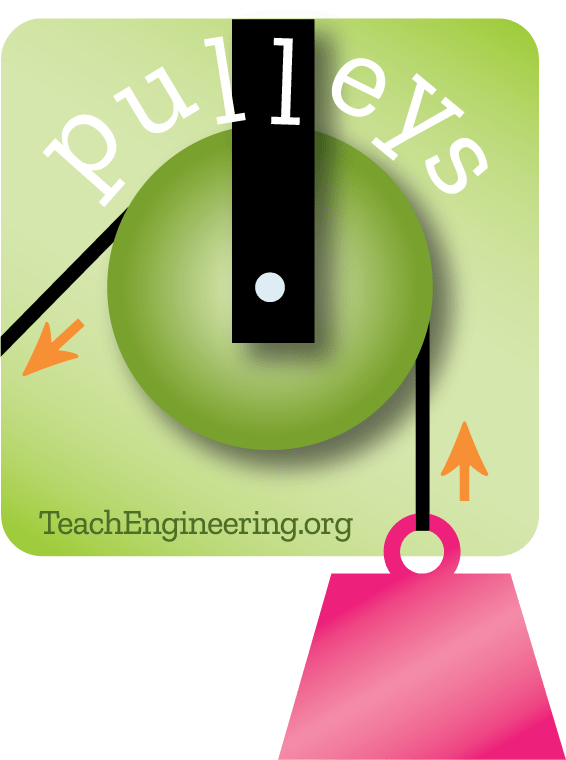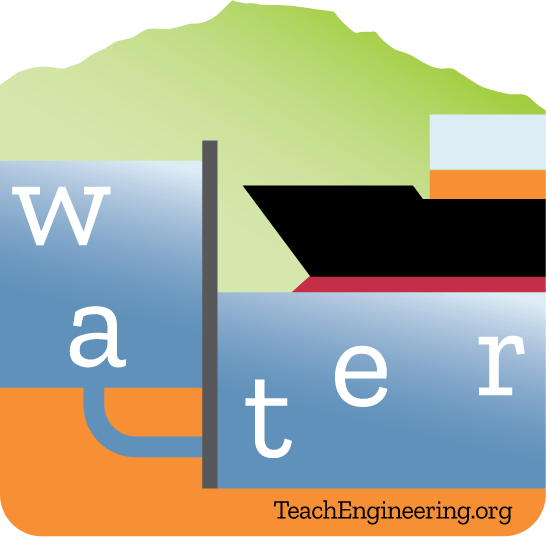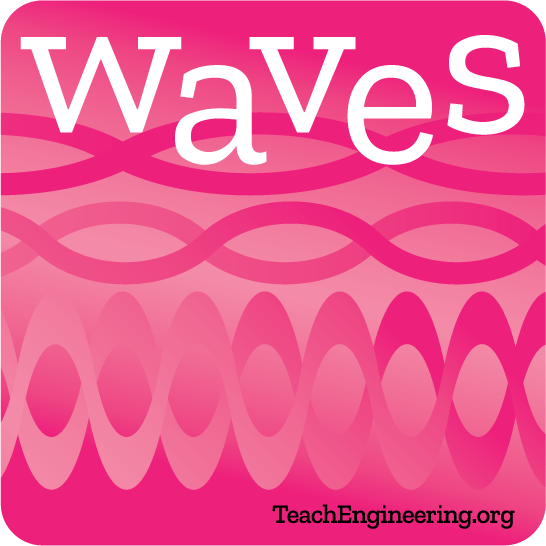Newton's three laws of motion help explain everyday phenomena that we see in the world around us. Engineers use Newton's laws to navigate space travel, simulate vehicle collisions to improve safety measures and design simple devices like scissors!
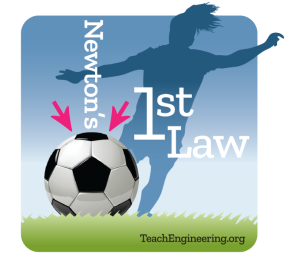
A body at rest will stay at rest, and a body in motion will stay in motion, until acted upon by an outside force.
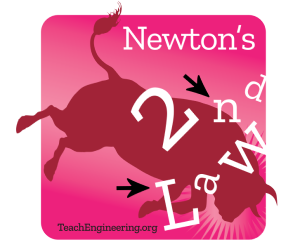
Force is equal to mass times acceleration. For an object with a constant mass (m), this law states that the force (F) is the product of an object’s mass and its acceleration (a): F = ma
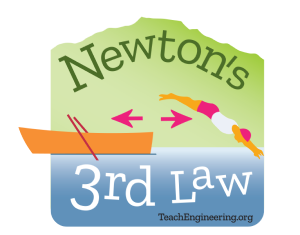
For every action there is an equal and opposite reaction. This law is also known as the law of action and reaction.
Engineers apply Newton’s laws of motion in a wide range of designs involving stationary and moving objects, including structures such as bridges, vehicles such as rockets and aircrafts, and other commonly-used objects like seat belts, door knobs and medicine delivery systems.
Engineers must fully understand the workings of the natural physical laws so they can design objects that perform as expected and are safe to use.
Check out the curricula below to give students a push into making sense of everyday phenomena associated with Newton’s laws of motion!
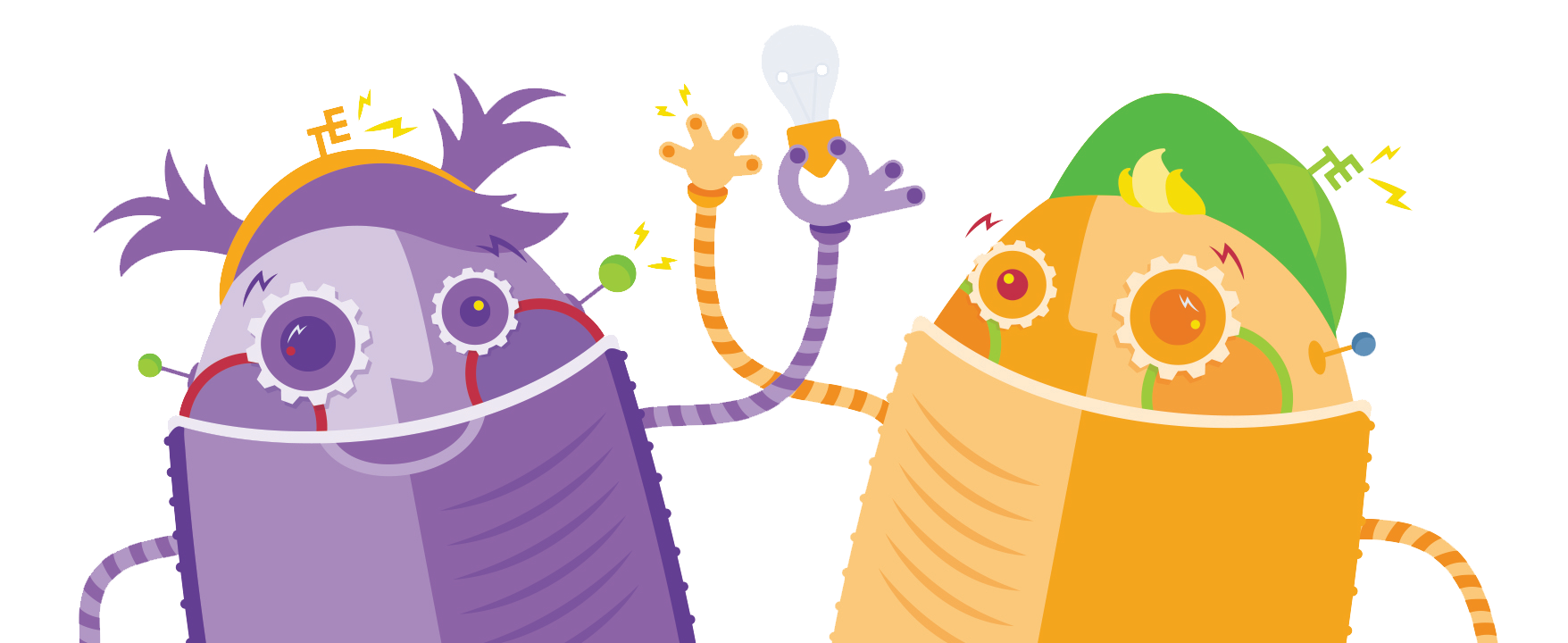

Newton’s Laws of Motion Curricula

The engaging resources from TeachEngineering, featured here by grade band, exemplify Newton’s Laws of Motion curricula.
Grades K-2
- Coming Soon!
Grades 3-5
- Learn to Build a Rocket in Five Days or Your Money Back Learn to Build a Rocket in Five Days or Your Money Back

Students discover the entire process that goes into designing rockets. They learn about many important aspects such as supplies, ethics, deadlines and budgets. They also learn about the engineering design process and that the first design is almost never the final design.
- Destination Outer Space Destination Outer Space

Students acquire a basic understanding of the science and engineering of space travel as well as a brief history of space exploration. They learn about the scientists and engineers who made space travel possible and briefly examine some famous space missions.
- Newton Gets Me Moving Newton Gets Me Moving

Students explore motion, rockets and rocket motion while assisting Spacewoman Tess, Spaceman Rohan and Maya in their explorations. First they learn some basic facts about vehicles, rockets and why we use them. Then, they discover that the motion of all objects—including the flight of a rocket and mo...
- Rocket Power Rocket Power

By making and testing simple balloon rockets, students acquire a basic understanding of Newton's third law of motion as it applies to rockets. Using balloons, string, straws and tape, they see how rockets are propelled by expelling gases, and test their rockets in horizontal and incline conditions. ...
- Blast Off: Generating Rocket Thrust with Propellants Blast Off: Generating Rocket Thrust with Propellants

Students learn how rocket thrust is generated with propellant. The two types of propellants are discussed—liquid and solid—and their relation to their use on rockets is investigated. Students learn why engineers need to know the different properties of propellants.
- See More
Grades 6-8
- What Is Newton's First Law? What Is Newton's First Law?

Students are introduced to the concepts of force, inertia and Newton's first law of motion: objects at rest stay at rest and objects in motion stay in motion unless acted upon by an unbalanced force. Students learn the difference between speed, velocity and acceleration, and come to see that the cha...
- Into Space! Into Space!

While building and testing model rockets fueled by antacid tablets, students are introduced to the basic physics concepts on how rockets work. Students revise and improve their initial designs.
- Action-Reaction Rocket! Action-Reaction Rocket!

Students make rockets that travel along a string.
- Lending a Hand: Teaching Forces through Assistive Device Design Lending a Hand: Teaching Forces through Assistive Device Design

Students learn about how biomedical engineers create assistive devices for persons with fine motor skill disabilities. They do this by designing, building and testing their own hand "gripper" prototypes that are able to grasp and lift a 200 ml cup of sand.
- Sliding Textbooks Sliding Textbooks

In the culminating activity of the unit, students explore and apply their knowledge of forces, friction, acceleration and gravity in a two-part experiment. First, student groups measure the average acceleration of a textbook pulled along a table by varying weights (with optional extensions, such as ...
- See More
Grades 9-12
- Shoes Under Pressure Shoes Under Pressure

Students explore the basic physics behind walking, and the design and engineering of shoes to accommodate different gaits. They are introduced to pressure, force and impulse as they relate to shoes, walking and running. Students learn about the mechanics of walking, shoe design and common gait misal...
- When Should I Drink My Hot Chocolate? When Should I Drink My Hot Chocolate?

Students act as food science engineers as they explore and apply their understanding of cooling rate and specific heat capacity by completing two separate, but interconnected, tasks. They collect and graph data to create a mathematical model that represents the cooling rate, and use an exponential ...
- Rocket Launch Time: Flying with Style Rocket Launch Time: Flying with Style

As students begin to understand the physics behind thrust, drag and gravity and how these relate these to Newton's three laws of motion, groups assemble and launch the rockets that they designed in the associated lesson. The height of the rockets, after constructed and launched, are measured and com...
- Exploring Acceleration with an Android Exploring Acceleration with an Android

Students conduct an experiment to study the acceleration of a mobile Android device. During the experiment, they run an application created with MIT's App Inventor that monitors linear acceleration in one-dimension. Students use an acceleration vs. time equation to construct an approximate velocity ...
- Rocketry Calculations: Houston, We Have a Problem! Rocketry Calculations: Houston, We Have a Problem!

They learn about design issues faced by aerospace engineers when trying to launch rocketships or satellites in order to land them safely—in the ocean, for example.
- See More



